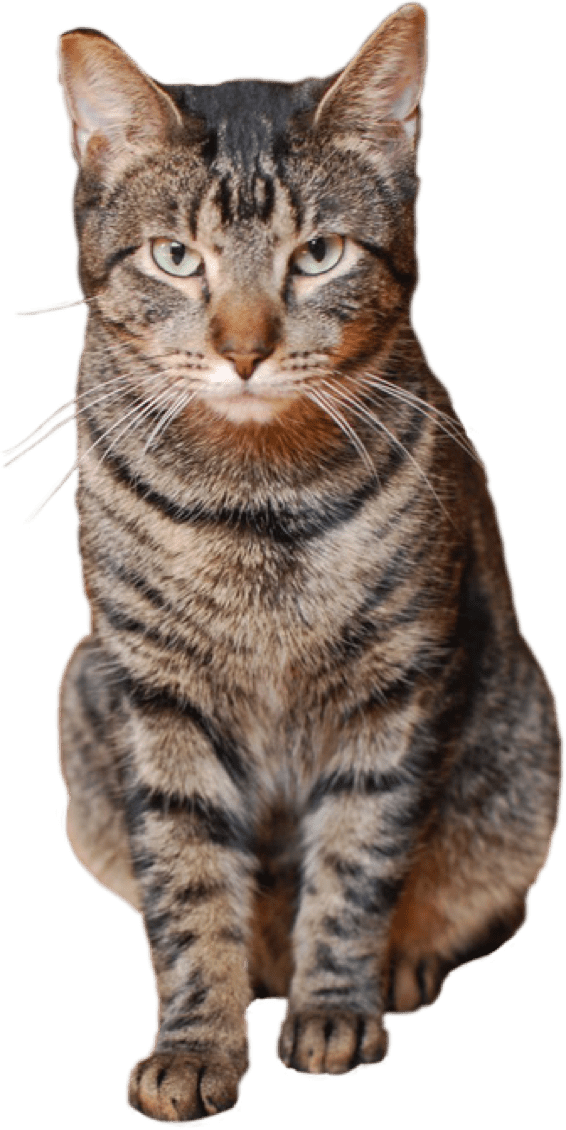

Home » Visit » Nature Sanctuary » Restoration Projects
In our nature sanctuary, we have a number of continuing restoration projects. Each of them plays an important role in the overall ecosystem of the sanctuary.
Our resident naturalists are available to show you around to see the diverse ecosystems of our sanctuary and to talk about the mission of the nature sanctuary and the various projects we have going.
Imagine standing in a field where, just a few decades ago, there were only agricultural fields hosting mono crops – and now, thousands of native trees populate the land. Our reforestation fields are alive with Burr Oaks, Birches, Hickories, Black Cherries, White Pines, American Basswoods, and so many others, each chosen not just for their beauty, but for their value as food and shelter to wildlife. The diversity here strengthens the ecosystem, ensuring that if one species falters, others will rise in its place.
Walk through our meadows and woodlands and you’ll see splashes of color from over 200 native wildflower species, alive with bees, butterflies, and a myriad of other pollinators. Butterflies including swallowtails and fritillaries flutter over meadows populated with nectar-rich blooms, while the rare Baltimore Checkerspot finds sanctuary among the native Turtlehead plants that line our streams. These aren’t just flowers; they are lifelines, linking plant and pollinator in an ancient relationship the we have striven to restore.
Every fall, we collect seeds from native plants and carefully tend to them through the winter – stratifying them in preparation for spring. From tiny seeds, entire natural ecosystems begin. We share seeds and young plants with the community, helping others grow pockets of native wildflower diversity in their own domains. Restoration doesn’t stop at our borders, it ripples outward.
In 2019, we began planting a diverse orchard habitat; a thriving food forest where Red Mulberry, Chinquapin, Black Elderberry, Pawpaw, and Serviceberry will soon feed wildlife and enrich the landscape. Wildflower blanket the orchard floor, supporting pollinators, while hardy native shrubs line the paths and invite songbirds to weave their nests.
Thanks to the diligent work of our resident beavers, who have engineered 22 ponds over the past 25 years, our wetlands are alive with amphibians, turtles, fish, and mammals. These wetland habitats are among the richest in biodiversity, and we’ve helped to enhance them with native plantings.
